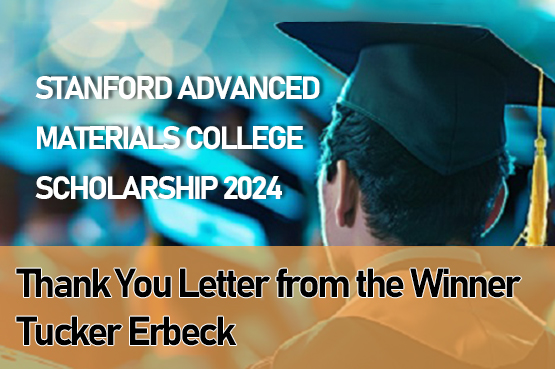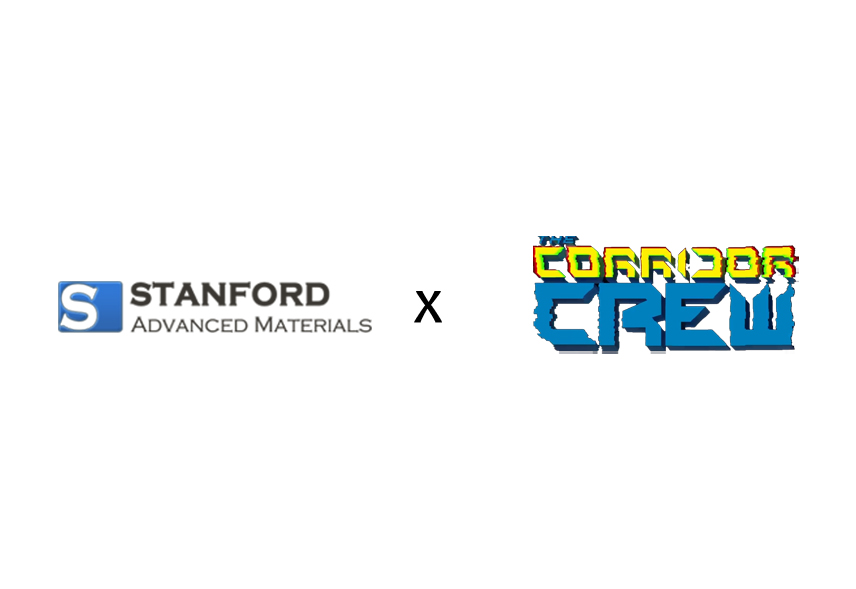Nano Tungsten Oxide for Heat Shield Glass
Because nano tungsten oxide particles have a significant absorption enhancement effect for near-infrared light in the 1400-1600nm and 1900-2200nm bands, and high permeability to visible light, they are expected to be used in new solar shielding glasses.

Nano Tungsten Oxide for Heat Shield Glass
As we all know, ordinary glass does not have high transmittance selectivity to the solar spectrum, so while visible light is transmitted, heat in the near-infrared region will also be transmitted in a large amount, causing the temperature of the device to rise. This increases the burden on cooling equipment such as air conditioners and wastes energy.
Therefore, the development of environmentally friendly heat-shielding materials has become the goal of researchers. These materials have high transmittance to visible light, and at the same time, can effectively shield the near-infrared rays of sunlight.
Nano tungsten oxide is a multifunctional semiconductor material with many characteristics such as catalysis, electrochromism, photochromism, and superconductivity. It has a relatively short cut-off wavelength (about 460nm) because the bandgap is between 2.6-2.8eV, and can be used as a raw material for the production of a new generation of heat shielding glass.
A large number of studies have shown that the surface plasmon resonance of semiconductor materials can absorb light at a specific wavelength. Performing certain reduction treatments on tungsten oxide nanomaterials or adding third-phase cations can accumulate a large number of free electrons on its surface so that it has the characteristic of plasmon resonance absorption of near-infrared light.
Because tungsten oxide can form a stable Magneli phase under oxygen-deficient conditions and can form a stable cubic and hexagonal tungsten bronze structure when cations are introduced.
Therefore, when a large number of free electrons can be introduced after reduction, tungsten oxide and its composites still have stable structure and physical and chemical properties and can maintain stable absorption performance under long-term sunlight. At the same time, since the size of the nano-tungsten oxide particles is much smaller than the wavelength of visible light, it can maintain the transparency to visible light.
Conclusion
Thank you for reading our article and we hope it can help you to have a better understanding of the nano tungsten oxide. If you want to know more about nano tungsten oxide or other tungsten products, we would like to advise you to visit Stanford Advanced Materials (SAM) for more information.
Stanford Advanced Materials (SAM) is a worldwide supplier of tungsten products and has over two decades of experience in the manufacture and sale of tungsten oxide, providing high-quality nano tungsten oxide to meet our customers' R&D and production needs. As such, we are confident that SAM will be your favorite tungsten oxide supplier and business partner.



